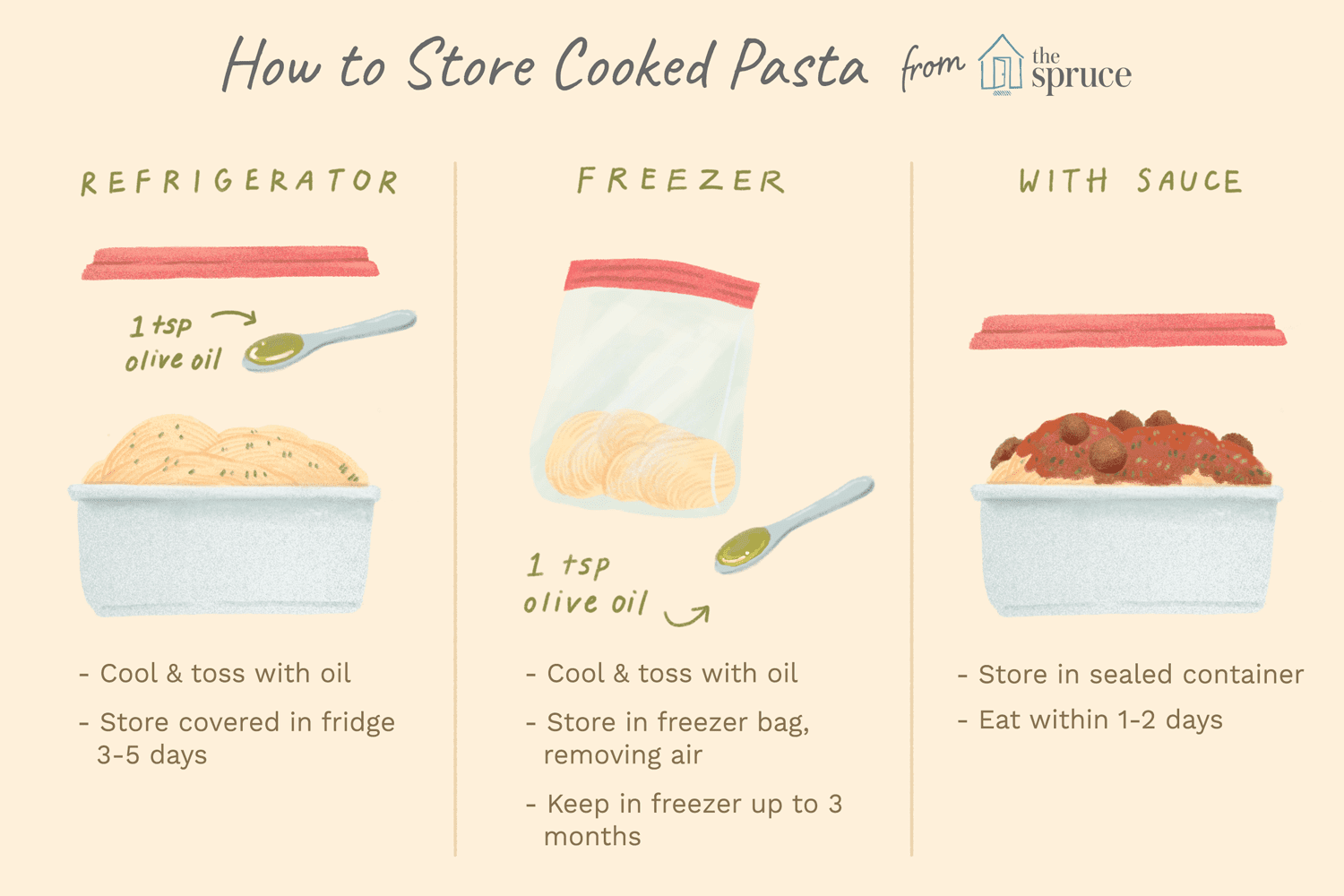When it comes to pasta, spaghetti is a staple in many households. Whether it’s a classic marinara sauce or a creamy Alfredo, spaghetti dishes are versatile and delicious. However, like any food, spaghetti has a limited shelf life, especially when stored improperly. In this article, we’ll explore the factors affecting the longevity of spaghetti in the refrigerator.
Factors Affecting Spaghetti’s Shelf Life
Proper Storage Conditions
The way spaghetti is stored plays a crucial role in its shelf life. Proper storage involves keeping it in a cool, dry place away from direct sunlight and moisture.
Packaging
The packaging of spaghetti also matters. Sealed packages or airtight containers help prevent exposure to air and moisture, which can cause spaghetti to spoil faster.
Temperature
Temperature is another critical factor. Storing spaghetti at a consistent temperature below room temperature helps extend its shelf life.
How Long Does Spaghetti Last in the Refrigerator?
Shelf Life of Cooked Spaghetti
Cooked spaghetti typically lasts for about 3 to 5 days in the refrigerator. It’s essential to store it in an airtight container to maintain freshness.
Shelf Life of Uncooked Spaghetti
Uncooked spaghetti, when stored properly, can last indefinitely in the pantry. However, for optimal freshness, it’s best to use it within 1 to 2 years of purchase.
Signs of Spoiled Spaghetti
Signs of spoiled spaghetti include a sour smell, mold growth, or a slimy texture. If you notice any of these signs, it’s best to discard the spaghetti to avoid foodborne illness.
Tips to Extend Spaghetti’s Shelf Life
To extend spaghetti’s shelf life, store it in an airtight container, away from moisture and heat. Additionally, avoid overcooking spaghetti to prevent it from becoming mushy.
Creative Ways to Use Leftover Spaghetti
Leftover spaghetti doesn’t have to go to waste. You can repurpose it into delicious dishes like spaghetti frittata, spaghetti pie, or spaghetti stir-fry.
Conclusion
Proper storage is key to maximizing the shelf life of spaghetti in the refrigerator. By following the tips mentioned in this article, you can ensure that your spaghetti stays fresh and delicious for longer periods.
FAQs
- Can I freeze cooked spaghetti? Yes, you can freeze cooked spaghetti for up to 2 months. Ensure it’s stored in an airtight container or freezer bag.
- Can I reheat spaghetti multiple times? It’s safe to reheat spaghetti leftovers, but avoid reheating them more than once to minimize the risk of bacterial growth.
- How can I prevent spaghetti from sticking together? Adding a little olive oil to cooked spaghetti or rinsing it under cold water after cooking can prevent it from sticking together.
- What’s the best way to store leftover spaghetti sauce? Store leftover spaghetti sauce in an airtight container in the refrigerator for up to 5 days or freeze it for longer storage.
- Is it safe to eat spaghetti if it’s been left out overnight? No, it’s not safe to eat spaghetti that has been left out at room temperature for more than 2 hours. Bacteria can grow rapidly in perishable foods, leading to foodborne illness.

